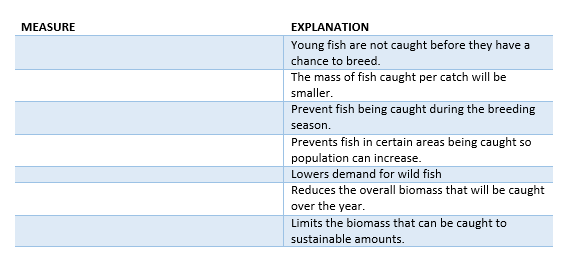

The next step is to then go through each category and assign a sentiment or emotion to each piece of data. Or for a business in the B2B space, your categories could look something like product quality, product price, customer service, chatbot quality, etc. To continue with the restaurant example, your categories could include food quality, food price, atmosphere, location, service, etc. Think of each of these categories as specific aspects you want to know more about. The first thing you will want to do is sort your data into broad categories.

3 Steps for Coding Qualitative Data From the Top-Downįor this section, we will assume that we’re using inductive coding. When analyzing new Yelp reviews six months later, you’ll be able to keep the same scale and tag the new responses based on deductive coding, and therefore compare the data to the first round of analysis. To continue from the example above, say you noticed in the first round that a lot of Yelp reviews mentioned the price of food, and, using inductive coding, you were able to create a scale of 1-5 to measure appetizers, entrees, and desserts. This is usually if you’ve already analyzed a set of qualitative data with inductive reasoning and want to use the same metrics. Deductive Codingĭeductive coding is when you already have a predetermined scale or set of tags that you want to use on your data. Luckily, things get easier the second time around when you’re able to use deductive coding. Inductive coding can be a lengthy process, as you’ll need to comb through your data manually. If you’re analyzing a large amount of qualitative data for the first time, such as the first round of a customer feedback survey, then you will likely need to start with inductive coding since you don’t know exactly what you will be measuring yet. Inductive coding is when you don’t already have a set scale or measurement with which to tag the data. We cover the pros and cons of each method below.
Qualitative research codebook example code#
When deciding how you will scale and code your data, you’ll first have to choose between the inductive or deductive methods. We’ll get into how exactly to assign these tags in the next section. For example, if a customer writes a Yelp review stating “The atmosphere was great for a Friday night, but the food was a bit overpriced,” you can assign quantitative tags based on a scale or sentiment. This is necessary for any type of large-scale analysis because you 1) need to have a consistent way to compare and contrast each piece of qualitative data, and 2) will be able to use tools like Excel and Google Sheets to manipulate quantitative data. Qualitative data coding is the process of assigning quantitative tags to the pieces of data.

Coding qualitative data allows you to transform these unique responses into quantitative metrics that can be compared to the rest of your data set. Though these types of responses allow for more detailed feedback, they are also difficult to measure and analyze on a large scale. When gathering feedback, whether it’s from surveys, online reviews, or social mentions, the most valuable insights usually come from free-form or open-ended responses.


 0 kommentar(er)
0 kommentar(er)
